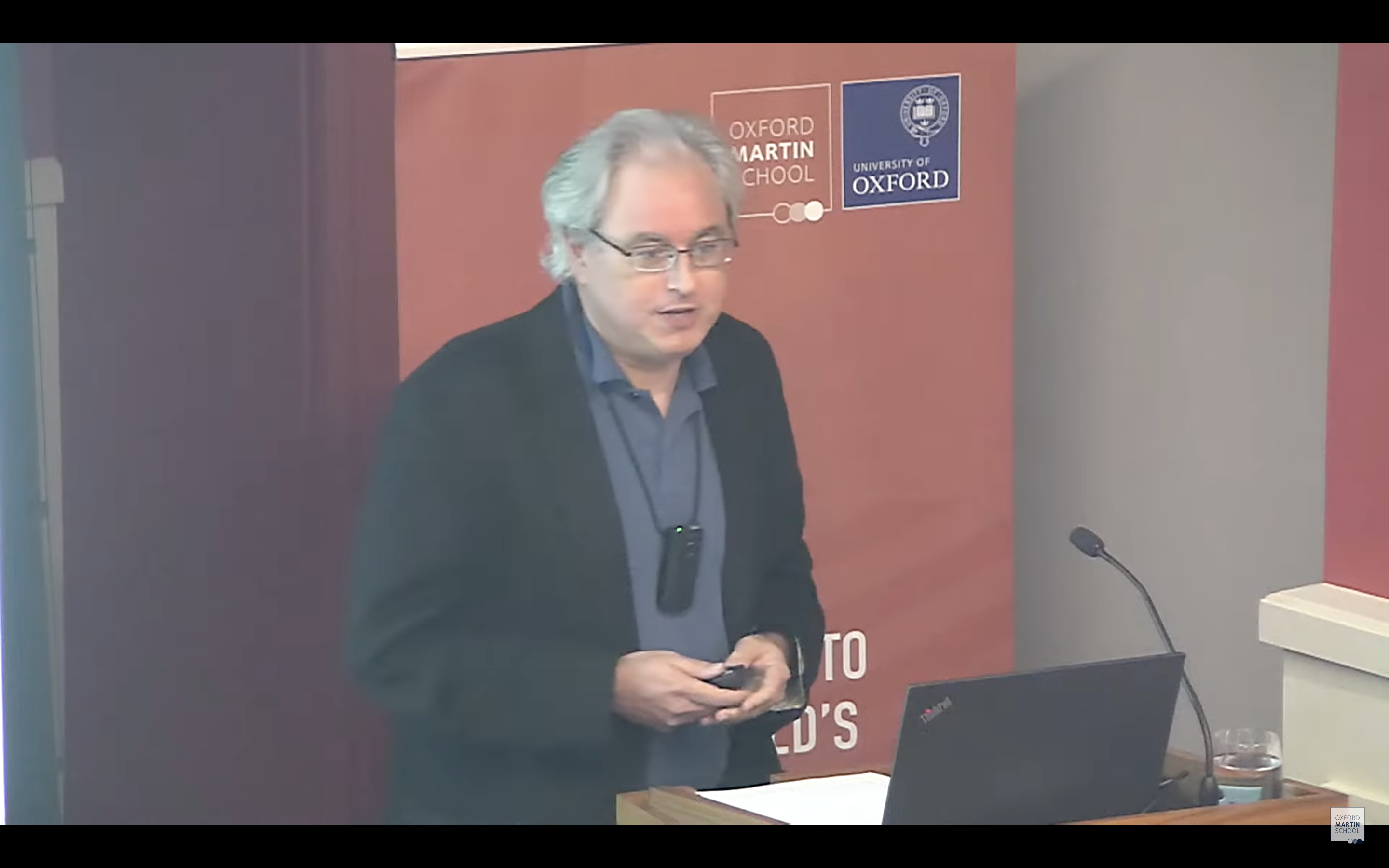The United States will be changing how it admits foreign farm workers. The details are not clear yet. But the US secretaries of Agriculture, Homeland Security, Labor, and State last week released a joint cabinet statement on their intent to modernize the H-2A visa program for temporary farm work.
Done right, this presents a big opportunity to meet clear goals of the current administration: to reduce unauthorized migration and create US jobs. It could also mean shared gains for the critical ally, neighbor, and trading partner that the United States has in Mexico.
We brought together a bipartisan, binational group of leading experts to spell out exactly how to do this right. The Shared Border, Shared Future working group was chaired by Carlos Gutierrez, US Secretary of Commerce in the George W. Bush administration, and Ernesto Zedillo, former president of Mexico. It offers a specific technical blueprint for mutual gain across the border.
Three of its core tenets are non-seasonal work, visa portability, and bilateral cooperation.
Go beyond seasonal work
Congress created the H-2A as a visa for temporary farmworkers: people who do not intend to settle in the United States and eventually become permanent residents. The executive branch has interpreted that to mean seasonal farmworkers. So the H-2A program currently allows workers only for parts of agriculture whose labor demand varies wildly with the seasons, like vegetable pickers and Christmas-tree cutters. (There are minor exceptions: year-round sheep herders can be hired on the visa.)
But that limitation to seasonal work is not in the law passed by Congress. What Congress created in the H-2A is a visa for farm workers of a “temporary or seasonal nature.” That could include nonimmigrant workers who are in the United States temporarily. The restriction to seasonal work is a traditional decision and interpretation.
This interpretation has meant that large sections of agriculture have no lawful channel to hire foreign work. The dairy industry, for example, is largely classified as being non-seasonal, and mostly cannot hire workers on H-2A visas—despite the fact that dairy depends heavily on foreign workers. The predictable result is a large black market, with its many harms to the workers and to the farms, plus a growing public frustration with unauthorized work.
The administration could change regulations on the H-2A program, without new legislation, to cover non-seasonal agriculture. Banning non-seasonal ag from access to the program has been a purely political stance. adopted by successive administrations of both parties. It is not a stance based on an objective look at the real labor needs of American farms.
Don’t trap workers with one employer
Visa portability should be at the top of the priority list. The H-2A program has been sharply criticized by advocates of workers’ rights due to widespread reports of violations—by some recruiters and employers. This situation has persisted since the Bracero program of temporary work visas generations ago.
Not by coincidence, the modern H-2A visa contains the same core flaw as the old Bracero visa: it binds workers to a single employer. If an employer breaks the rules in any way, a farmworker on an H-2A visa cannot quit and find another employer down the road who is on the up and up. That worker’s only choice is to stay on and endure, return home (at roughly a 75 percent pay cut), or enter the black market. That creates a situation where abuses are more likely and accountability is minimal.
Perhaps the single best thing the government could do to protect workers’ rights would be to empower workers with another choice: to leave an abusive employer and lawfully work for a different one. This would help protect the rights of both foreign and domestic workers, because when workplace conditions and practices improve for some workers they tend to improve for all.
Our proposal sets out details of how this portability could work.
Cooperation is critical
The H-2A program, as it is currently run, is strictly unilateral. Whatever happens in Mexico, Guatemala, or the other major origin countries of the workers is in practice none of the US government’s concern. This means that the US laws governing the program are routinely violated, such as the ban on charging workers recruitment fees. The United States cannot and should not enter Mexico to enforce US law.
It does not need to be this way. Since 1974, Mexico and Canada have regulated temporary agricultural labor mobility bilaterally and cooperatively. For the two decades leading up to 1965, the United States and Mexico did this also. That program, despite its many flaws, was designed and enforced to bilaterally regulate an inherently bilateral process.
This could be done now, again without new legislation. For example, Mexican law already gives Mexico’s Ministry of Labor the authority to regulate recruiters of international labor, such as by creating an accreditation system and banning those who charge illegal fees. Currently little is done on the Mexican side to implement that law.
The US and Mexican Secretaries of Labor could create a bilateral agreement to promote Mexican regulation of recruiters under existing law on both sides of the border. Bilateral regulation is the only way to regulate a bilateral flow of labor, and the failure to do this is responsible for many of the problems with that flow. Our proposal contains a detailed draft of such an agreement.
This chance to modernize the H-2A program is rare. It could be seized for the benefit of both countries. A better program could massively displace unauthorized migration, and bring tremendous economic benefits on both sides of the border, bringing more jobs to US workers and opportunity and security for foreign workers.
This opportunity must not be missed.
Disclaimer
CGD blog posts reflect the views of the authors, drawing on prior research and experience in their areas of expertise. CGD is a nonpartisan, independent organization and does not take institutional positions.
Image credit for social media/web: Social media image by Laura Elizabeth Pohl/Bread for the World





